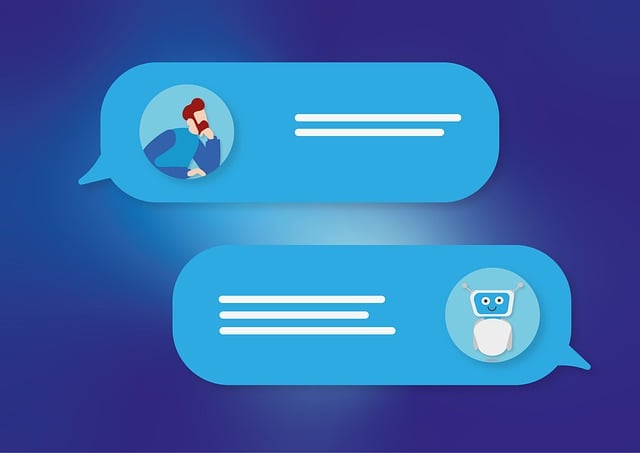Generative AI is a revolutionary technology enabling machines to create original content across various forms like text, images, music, and code by training algorithms on massive datasets. Its practical application is evident in AI chatbots online that engage in natural language conversations, answer queries, and offer personalized assistance through human-like responses. These chatbots use NLP and machine learning, including deep learning models like Transformers, integrated with user interfaces for conversational experiences. Development involves data collection, preprocessing, structuring, and deployment on accessible, scalable platforms. Continuous training and refinement, leveraging advanced NLP techniques, are crucial for optimal performance, ensuring engaging and accurate responses in diverse scenarios.
“Unleash the power of interactive conversation with your own generative AI chatbot—the ultimate tool for enhancing user experiences in today’s digital landscape. This comprehensive guide takes you on a journey through the creation process, from grasping the fundamentals of Generative AI and Chatbot Technology to understanding the key components that bring your virtual assistant to life. Learn how to train and refine your AI chatbot for optimal performance, ensuring engaging interactions with users across various platforms.”
- Understanding Generative AI and Chatbot Technology
- Key Components in Building a Generative AI Chatbot
- Training and Refining Your AI Chatbot for Optimal Performance
Understanding Generative AI and Chatbot Technology

Generative AI is a cutting-edge technology that enables machines to create new and diverse content, such as text, images, music, or even code. At its core, it involves training algorithms on vast datasets to learn patterns and generate novel outputs. This technology has revolutionized various industries, from art and design to customer service. AI chatbots online are a prime example of generative AI in action; they can engage in natural language conversations, answer queries, and provide personalized assistance by generating human-like responses.
Chatbot technology builds upon artificial intelligence, specifically focusing on natural language processing (NLP) and machine learning. Chatbots are designed to simulate human conversation through text or voice inputs. They use NLP to understand user queries and context, allowing them to respond accordingly. By leveraging machine learning algorithms, chatbots can learn from interactions, improve their responses over time, and even adapt to individual users’ preferences. This dynamic interaction forms the backbone of modern chatbot technology, enabling them to assist users across diverse applications, from virtual assistants to customer support systems.
Key Components in Building a Generative AI Chatbot

Creating a generative AI chatbot involves integrating several key components that enable it to understand and respond to user inputs in a meaningful way. The foundation lies in Natural Language Processing (NLP) technology, which allows the chatbot to interpret human language, extract context, and generate appropriate responses. Advanced machine learning algorithms, particularly deep learning models like Transformers, form the core of these chatbots, enabling them to learn from vast datasets and produce coherent, context-aware outputs.
User interaction is facilitated through a user interface (UI) designed for conversational experiences. This can range from simple text inputs to more complex interfaces incorporating voice recognition and synthetic speech. Data collection and preprocessing are critical steps that involve gathering diverse training data, cleaning it to remove noise and biases, and structuring it in ways that the AI models can effectively learn from. Lastly, deployment platforms ensure that these AI chatbots online are accessible, scalable, and optimized for performance, allowing them to handle a large number of concurrent users.
Training and Refining Your AI Chatbot for Optimal Performance

Training and refining your AI chatbot is a key step in ensuring optimal performance. The process begins with gathering a diverse dataset that covers various user queries and potential responses. This data is then fed into the chatbot’s algorithm, allowing it to learn and adapt based on real-world interactions. Regular updates and testing are essential to fine-tune its understanding and accuracy.
As your AI chatbot goes through training, pay close attention to its performance in handling edge cases and uncommon user inputs. Refining involves tweaking algorithms, expanding knowledge bases, and implementing advanced techniques like natural language processing (NLP) to enhance contextual understanding. The goal is to create an ai chatbot online that provides accurate, relevant, and engaging responses consistently.
Creating a generative AI chatbot is an exciting journey that involves understanding core technologies, defining key components, and refining models. By leveraging advancements in AI and natural language processing, you can develop powerful tools like ai chatbots online, capable of enhancing customer service, automating tasks, and driving innovation across industries. Remember, continuous learning and optimization are crucial to ensure your chatbot provides accurate, engaging, and contextually relevant interactions.
